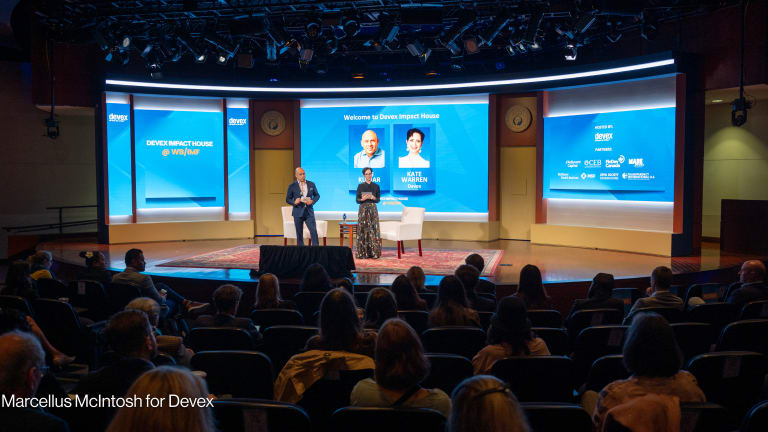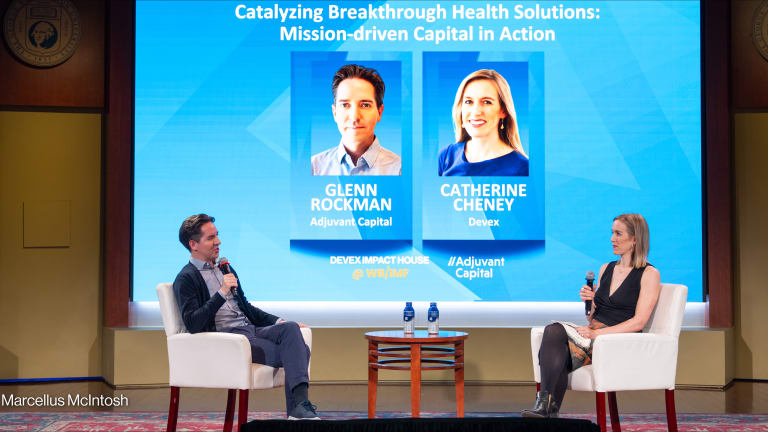Last month, I called the disaster preparedness division of a leading international aid agency. As an investor in early-stage social enterprises, I had hoped to find institutional customers for some of the social enterprises producing cookstoves, water purifiers, rapid affordable housing, and solar-powered lighting and charging devices.
I asked if the aid agency would be interested in purchasing solar-powered lanterns or other products (the answer was no). They asked if our portfolio companies might be interested in donating those products (no).
Despite being committed to similar goals and genuine interest in working together, there seemed to be few productive ways to continue the conversation. The aid agency’s model was to provide necessary services subsidized or for free, sourcing monetary and in-kind donations from businesses and governments in the industrialized world.
This story is forDevex Promembers
Unlock this story now with a 15-day free trial of Devex Pro.
With a Devex Pro subscription you'll get access to deeper analysis and exclusive insights from our reporters and analysts.
Start my free trialRequest a group subscription







